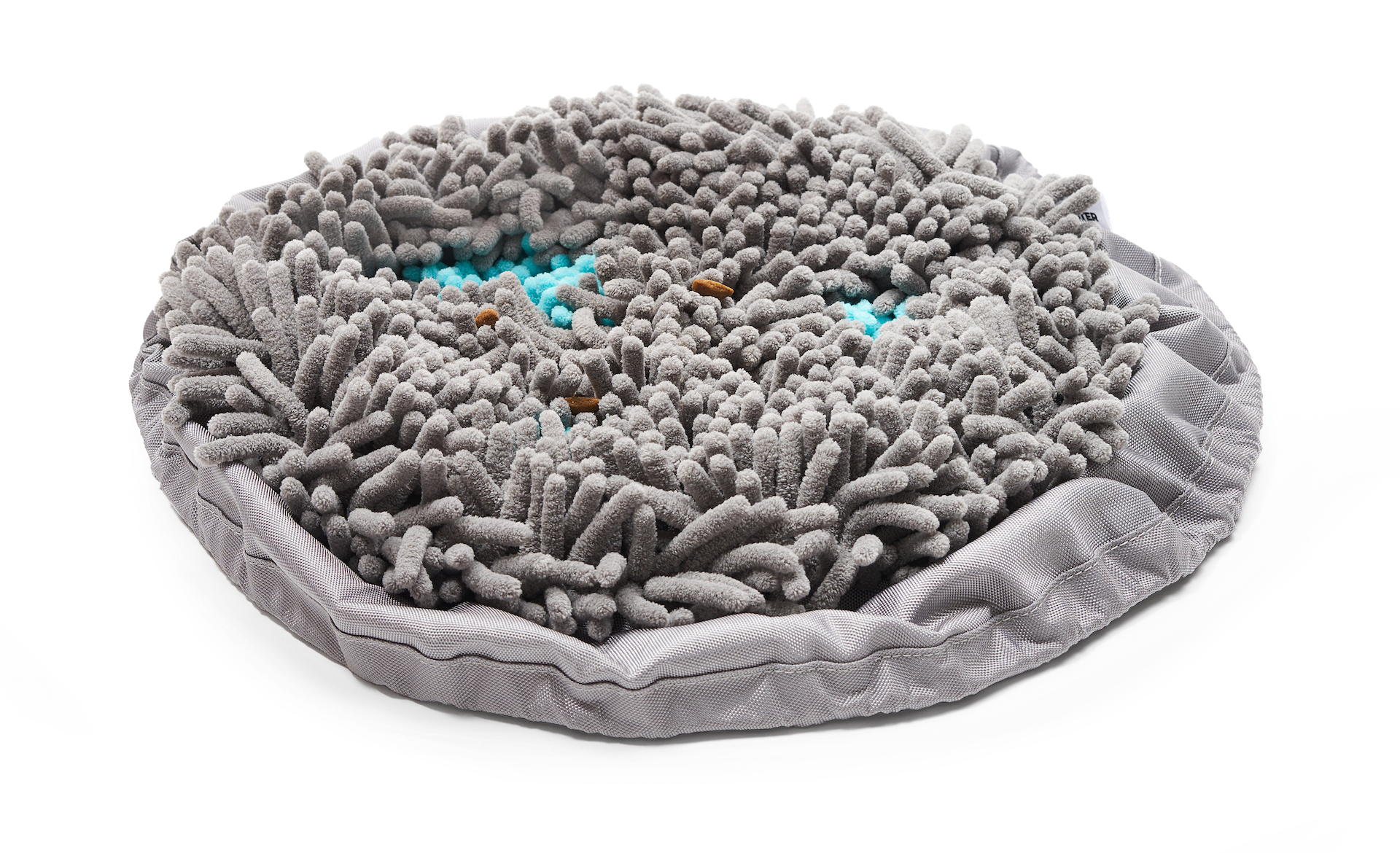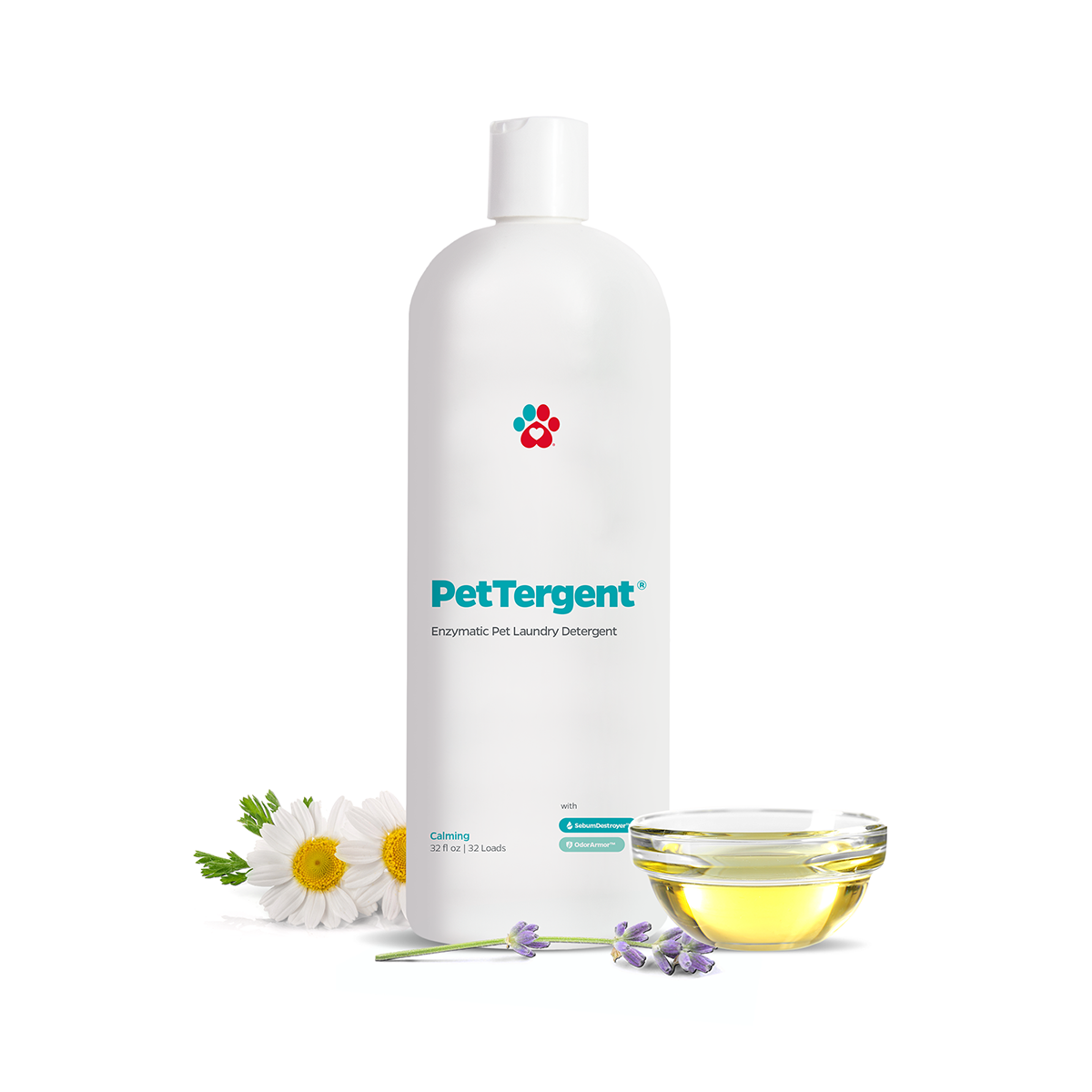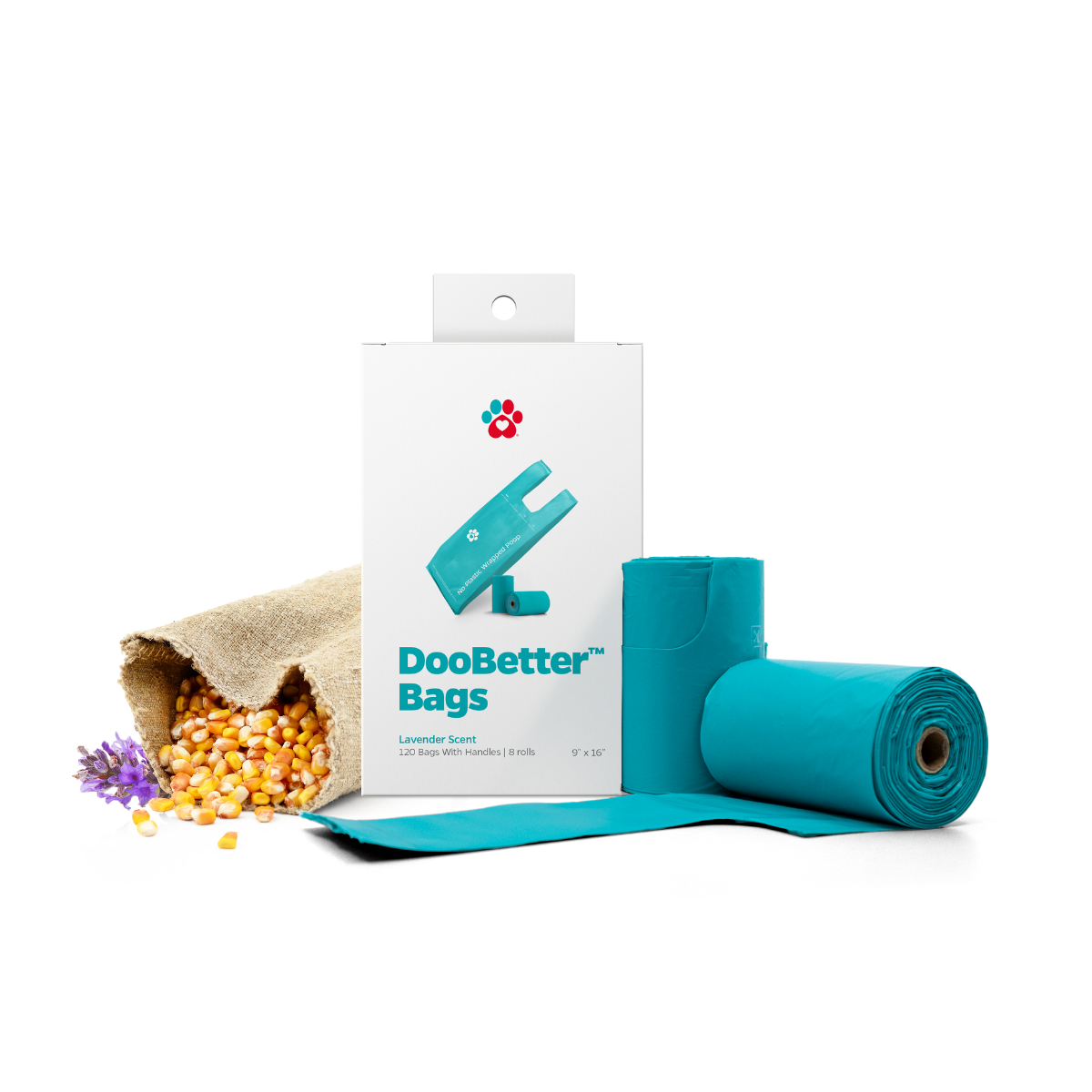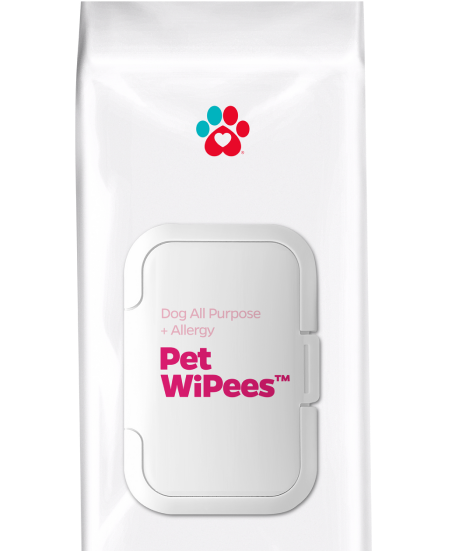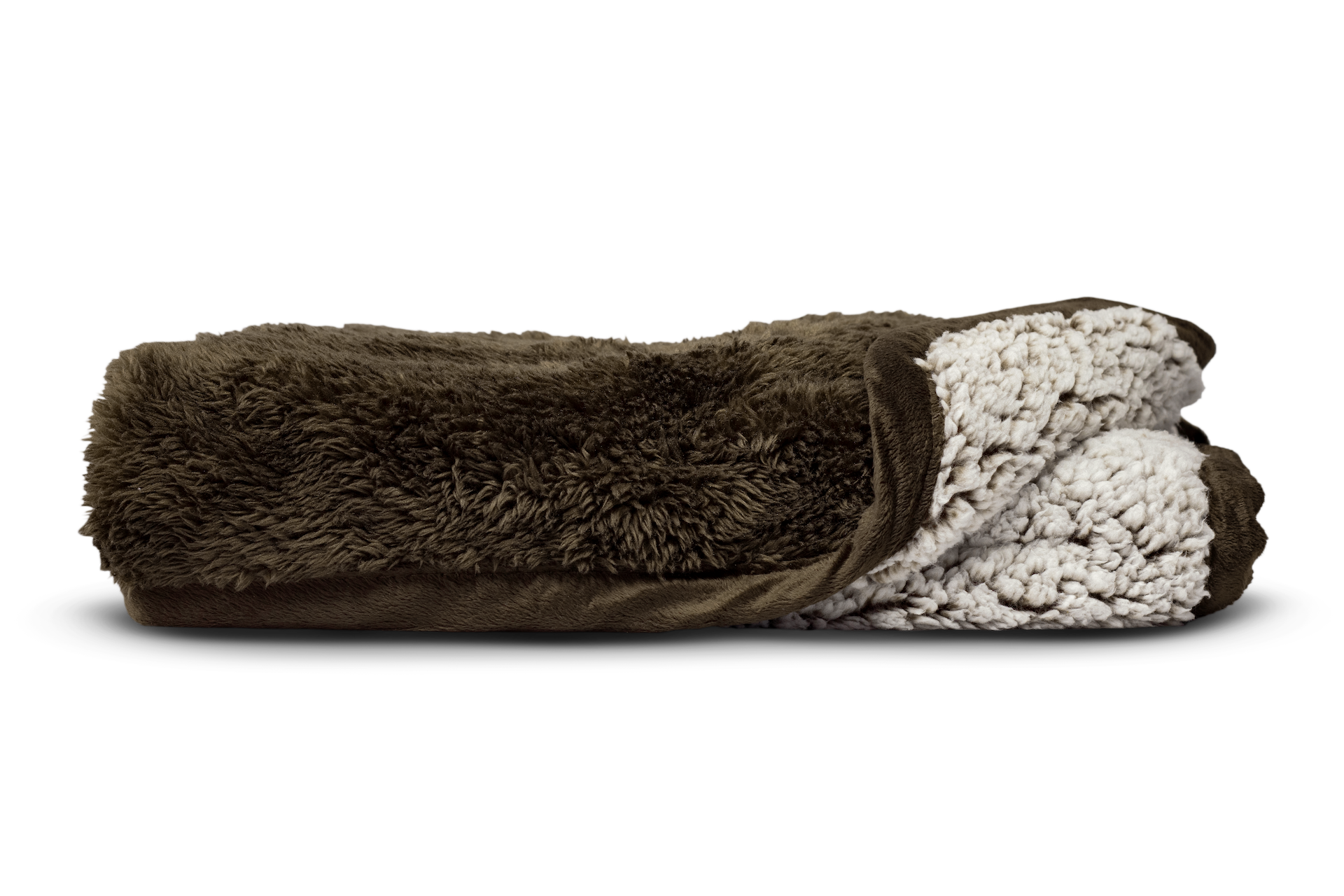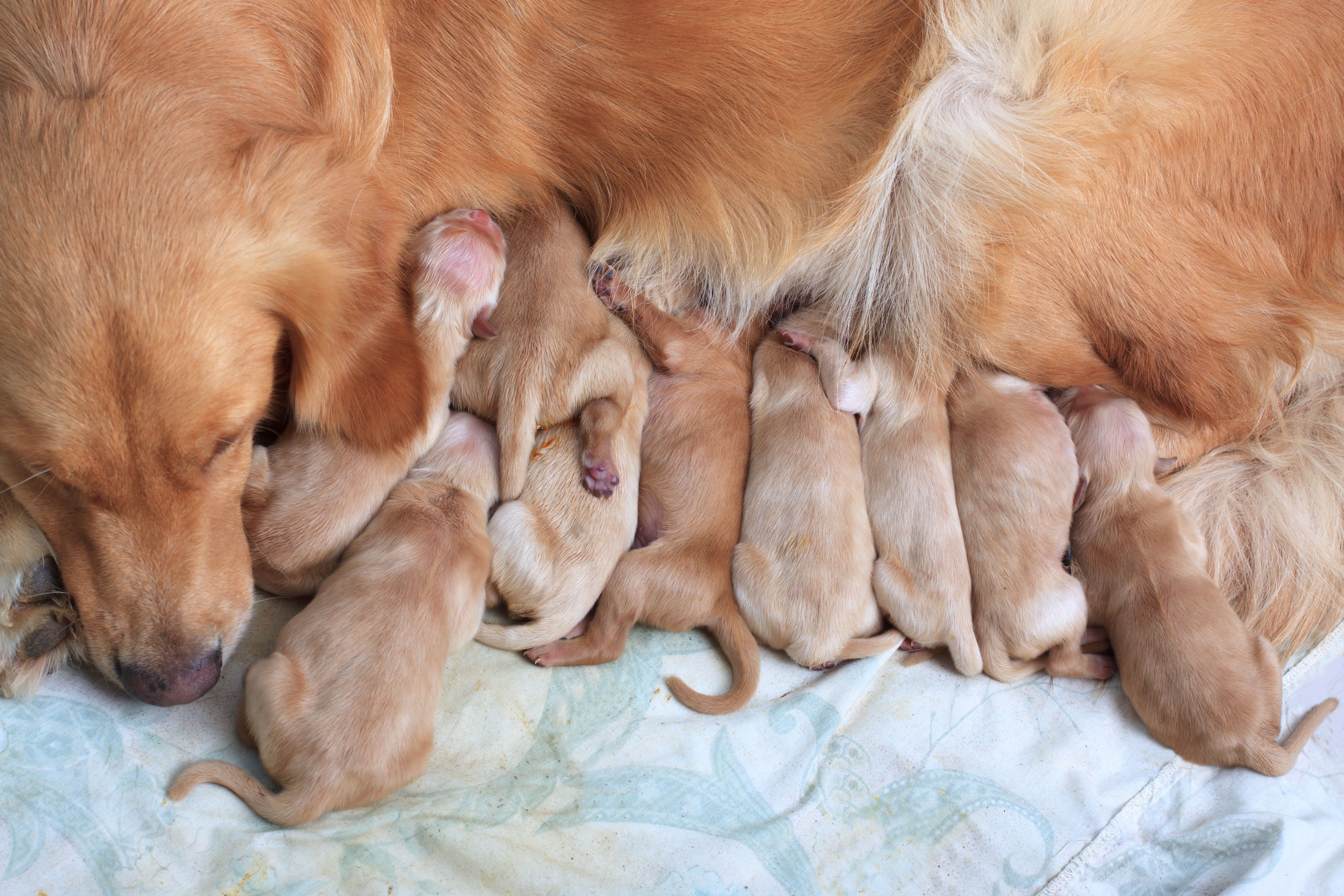Your dog giving birth to all those cute and cuddly fur babies doesn’t necessarily mean her birthing process is over. When your female dog gives birth, just like human mothers, her body goes through a lot of changes for days, weeks and some for even for months!
In this article, we’ll discuss the many physical and behavioral changes a mama’s dog goes through after giving birth and how you can manage these postpartum stages for a happier, healthier dog. We’ll answer common questions like, how long do dogs bleed after giving birth and how should you care for a dog giving birth.

"After giving birth, your dog will not only have physical changes, but mental ones as well."
Physical changes
After giving birth, your dog will be physically exhausted and will show some post-partum panting. This will go on for a few hours and then will begin to slow down while motherhood slowly creeps in.
Aside from that, your dog after birth will also experience spotting, a process of discharging natural fluids that are mucus-like and bloody. So, how long do dogs bleed after giving birth? When you continue to see bloody discharge a couple of days after delivery, there is no need to panic as that is completely normal! This discharge is called lochia. According to VCA Hospitals, lochia discharge is normal for three to seven days following birth. It may be quite heavy for the first days after delivery and then begin to diminish for the remaining days. How long dogs bleed after giving birth may vary slightly depending on the individual dog.
But take note that you should always be monitoring the type of discharge your dog expels. This will help you determine whether her spotting is normal or already a sign of a serious condition that merits veterinary attention. Warning signs to look for include foul odor, increasing amount of discharge, and fever. If you notice these signs, consult your veterinarian immediately.
The lochia discharge of your dog will go through 3 different stages. During the first lochia stage, the discharge will be composed of blood and some shreds of fetal membranes. This usually lasts for 3 to 5 days. On the second lochia stage, your dog’s lochia will probably become thinner and will turn brown or light pink. And for the last lochia stage, the lochia will now turn whitish or yellowish. This is where your dog’s spotting will finally end. Whew!
Bloody discharge after giving birth is normal but if you feel like it has been extreme or is lasting a while, please contact your veterinarian as soon as possible and ask for medical advice. You need to rule out complications, like postpartum hemorrhage and infections, which can result from poor blood clotting.
Other physical changes that may be visible in your dog after birth include:
- exhaustion
- loss of appetite
- weight loss
As pet parents, we know you have that internal "parent" feeling when something doesn't seem right. Follow your gut and get help if you think something isn't right anymore!

Mental changes
After giving birth, your dog will not only have physical changes, but mental ones as well. Just like how human mothers undergo mental changes, it is almost equally the same for dogs. Your dog will go through mental changes from delivering a litter of lives into this world.
Mental changes in a dog after birth include a variety and mix and match of emotions. These overwhelming emotions can result in certain behaviors that you would not otherwise expect. When the pups are being delivered, your female dog is overwhelmed and excited, so she usually puts eating and going to potty temporarily on hold.
Her newborn pups can also trigger strong maternal instincts in your dog. Your once calm and well-socialized dog can become possessive (or aggressive) to whoever goes near her litter. She may also become overprotective and will try to hide her pups from people or other pets at home she may see as a threat. During these times, it is best to give your mama dog a stress-free environment and some privacy.
There are also cases of dog postpartum depression. Yes, that’s right. Dog postpartum depression, according to the Breeding Business, may occur immediately right after your dog gives birth and may remain for a long time if not treated and managed properly. Be sure to provide the proper environment and care to prevent dog postpartum depression from occurring with your furbaby. We’ll share some tips in the next section!

Postpartum care
Just because all the puppies are safely delivered now doesn’t mean you can relax in taking special care of your mama dog. Once she has gone through the stages of dog labor, postpartum care for your female dog is essentially important. Below are some pointers on how to take good care of your female dog after her successful delivery.

Monitor your dog at all times. Make sure you regularly check on her during the first few weeks after giving birth, which we all know usually isn't a problem, as our furbabies tend to always be right by our side. But in this situation, it is very important to constantly be checking up on her for various reasons, such as making sure she doesn’t roll over her pups and seeing if they are all warm and dry.
This brings us to recommending Pet Parents® Pawtect® Blankets. Pawtect® Blankets are waterproof pet blankets that are made with our special faux fabric that offers warmth and softness for your mama dog and her litter. Aside from Pawtect® Pads that help prevent mess in the whelping box, these pet blankets are a great idea as these are also able to absorb any moisture or wetness while keeping the mama dog and puppies safe, warm, and dry.
Give your dog a healthier diet. Your dog giving birth will need all the nutrients she can get as she will be nursing her furbabies for many weeks. It is suggested that instead of giving her two large meals, you should provide her with several meals a day instead. Make sure she always has easy access to fresh water. Increase the amount of food to up to three times her normal feeding and give her calcium to prevent milk fever.
Provide multivitamins. Not just any multivitamins but multivitamins that are specifically manufactured for dogs that will provide your dog with the proper amount of nutrients she needs to help her body recover from giving birth and staying in shape again. Pet Parents® Multivitamins SoftSupps® for dogs is a powerful daily health support. They will help to provide the extra nutrients she needs during this time.
House your dog and her puppies in a stress-free environment. While your female dog is lactating and recovering from delivery, stress should be avoided at all costs. It is best not to accept any visitors yet, so your dog can regain her strength quickly! The more time she has to relax, the less stressed she will be, and the quicker she will recover from delivery.
Maintain good hygiene. Maintain good hygiene and constantly check her mammary glands for any signs of infection. Inspect and clean them daily. Keep her away from all soiled materials inside the whelping box. Use a Pet Parents® Pawtect® Pads that you can change out regularly. These pads come in packs of two so that you can always have one on hand and one in use. This will help keep her pups from developing infections. Your dog will continue discharging lochia in the following weeks. In this case, Pet Parents® Washable Dog Diapers are a great option so that your mama dog won’t be soiling the whelping box bedding or pads. These washable dog diapers are made for comfort and leak-proof so that everyone stays dry, comfortable, and happy!

"Pawtect® Blankets are waterproof pet blankets that are made with our special faux fabric that offers warmth and softness for your mama dog and her litter."
Your dog giving birth is an exciting time for both you and her. Once she is through the stages of dog labor and delivery, you may notice both physical and mental changes. Now that you know the signs you might encounter and the answer to questions like, how long do dogs bleed after giving birth, you are ready to help her in any way necessary to ensure her comfort and safety. Remember that certain changes in your female dog are completely normal and she is adjusting to motherhood, but don’t be afraid to consult your vet if you notice anything out of the ordinary.

